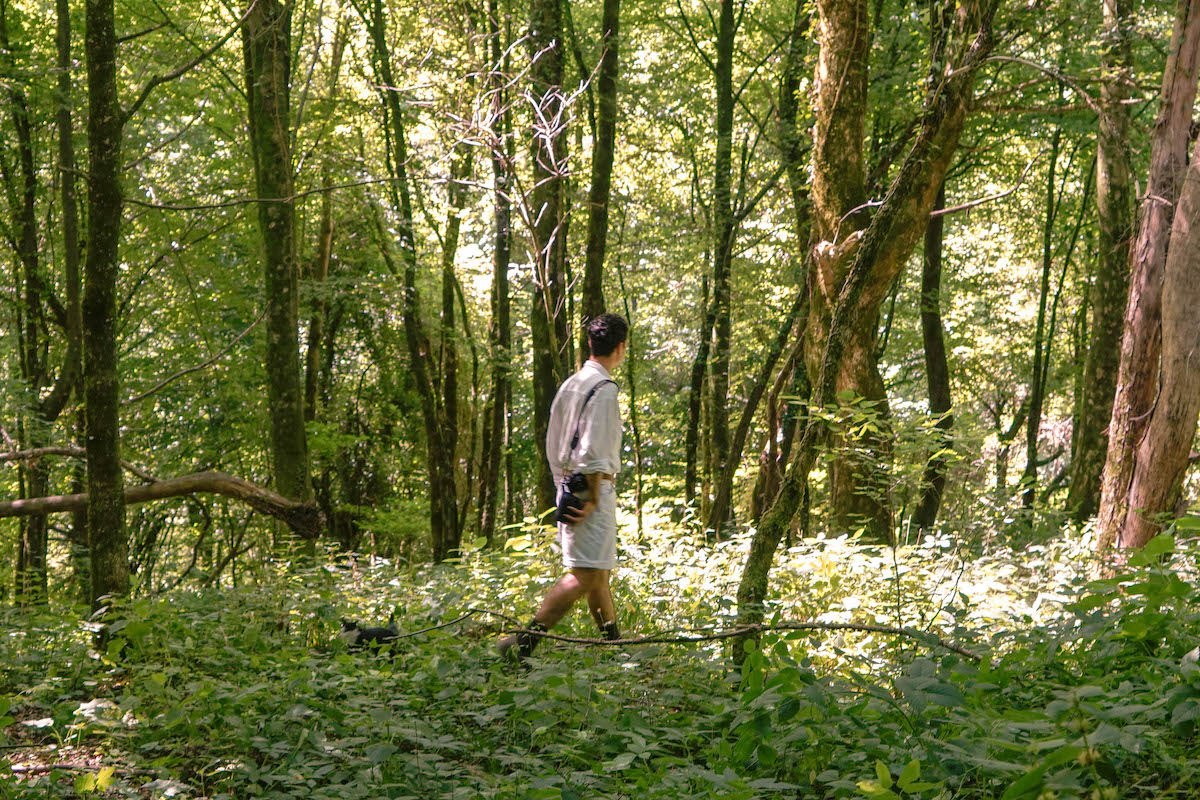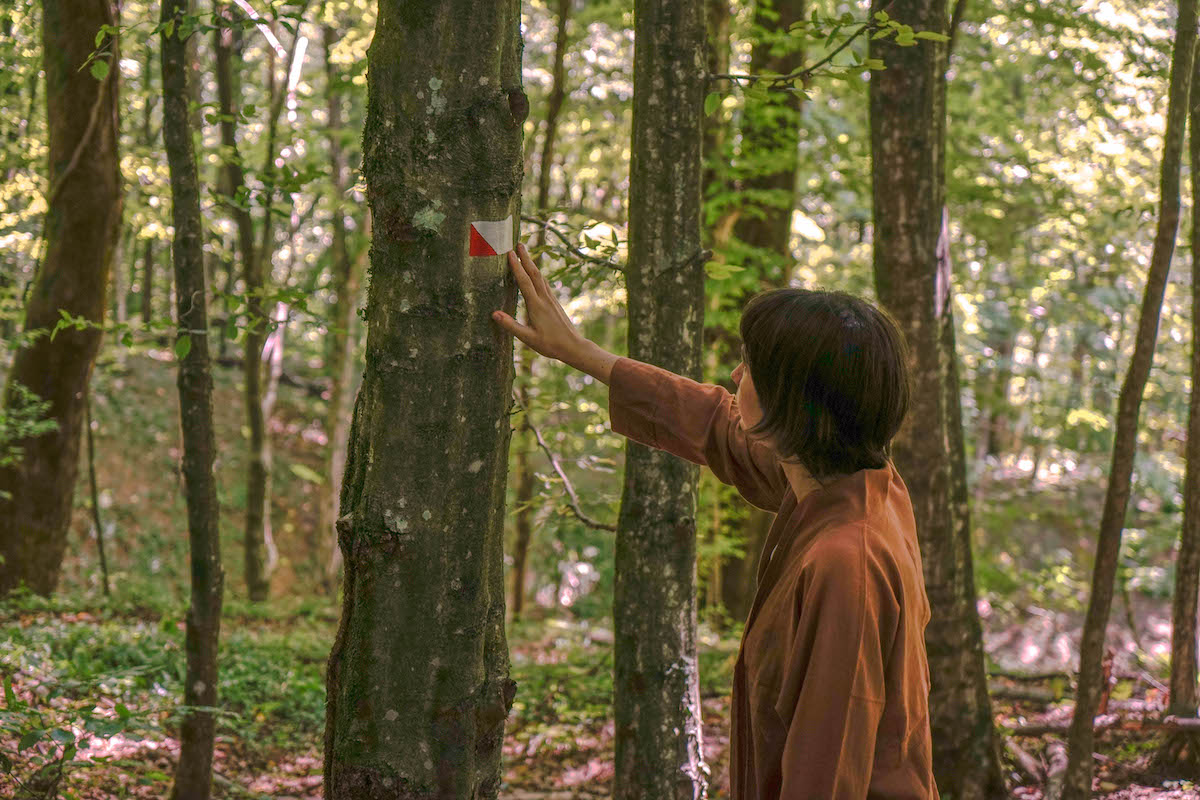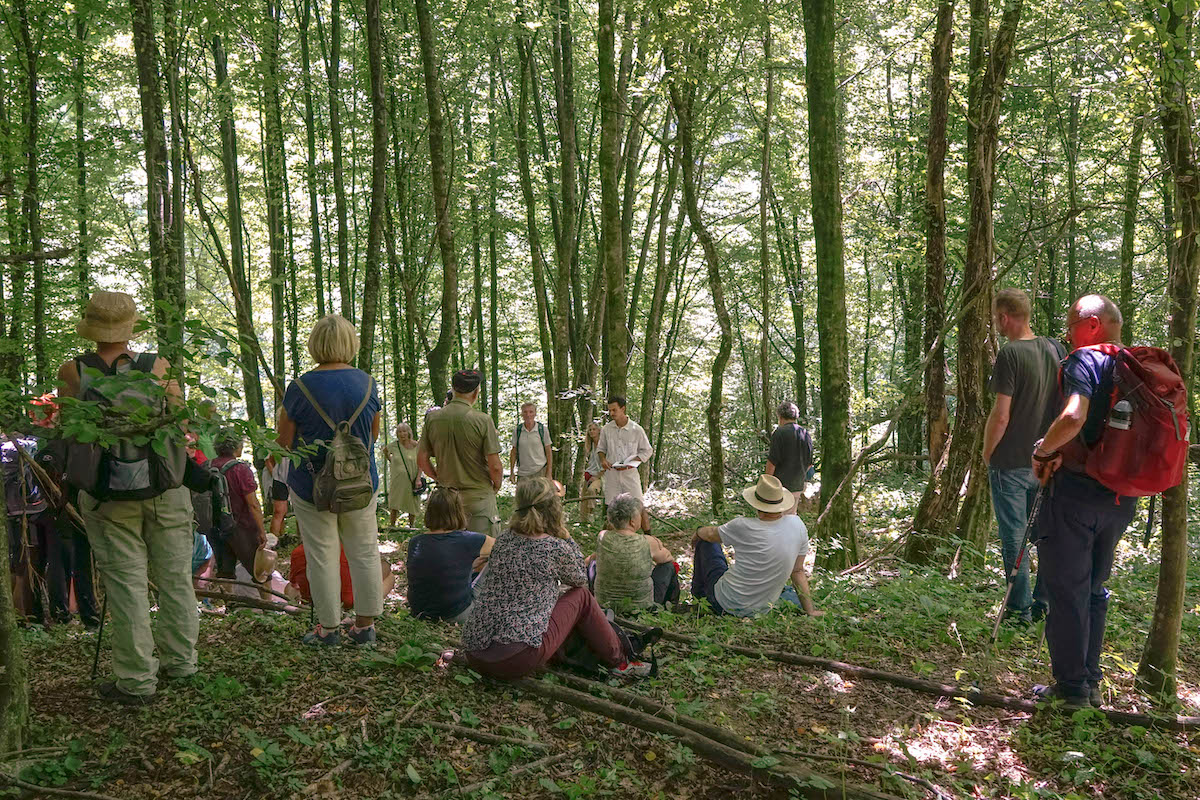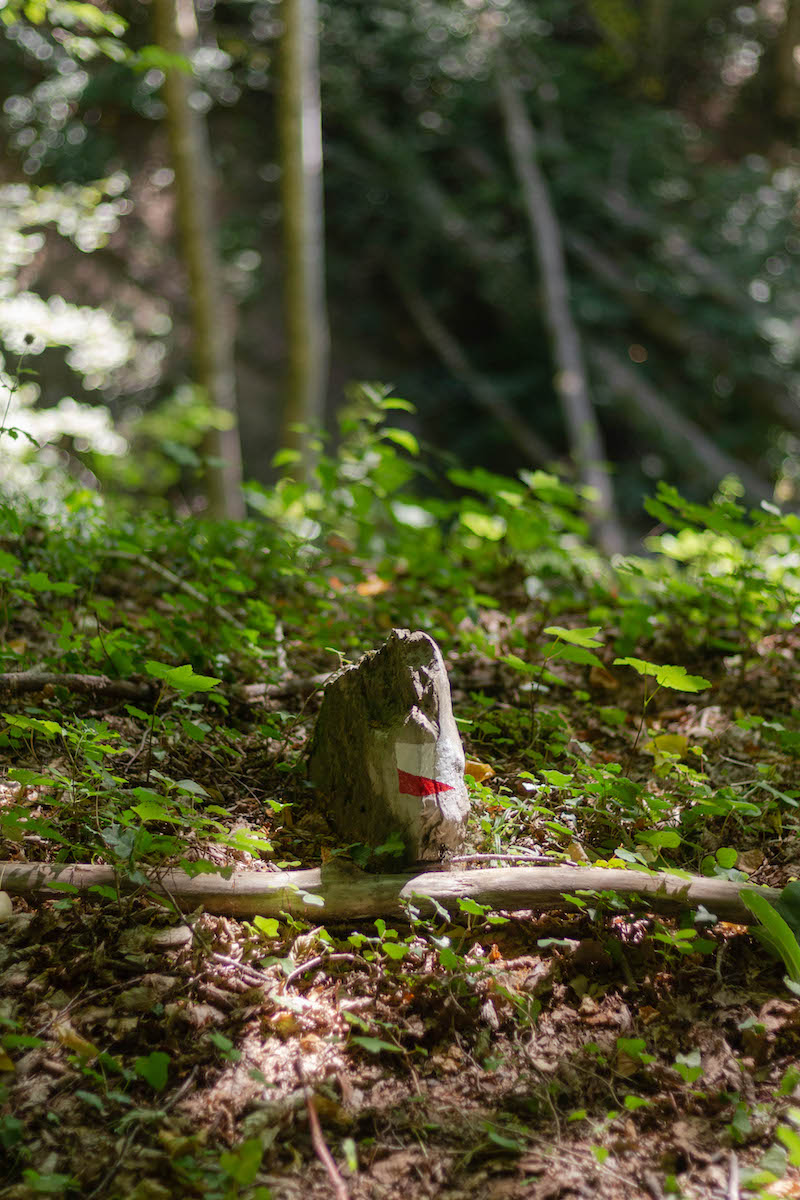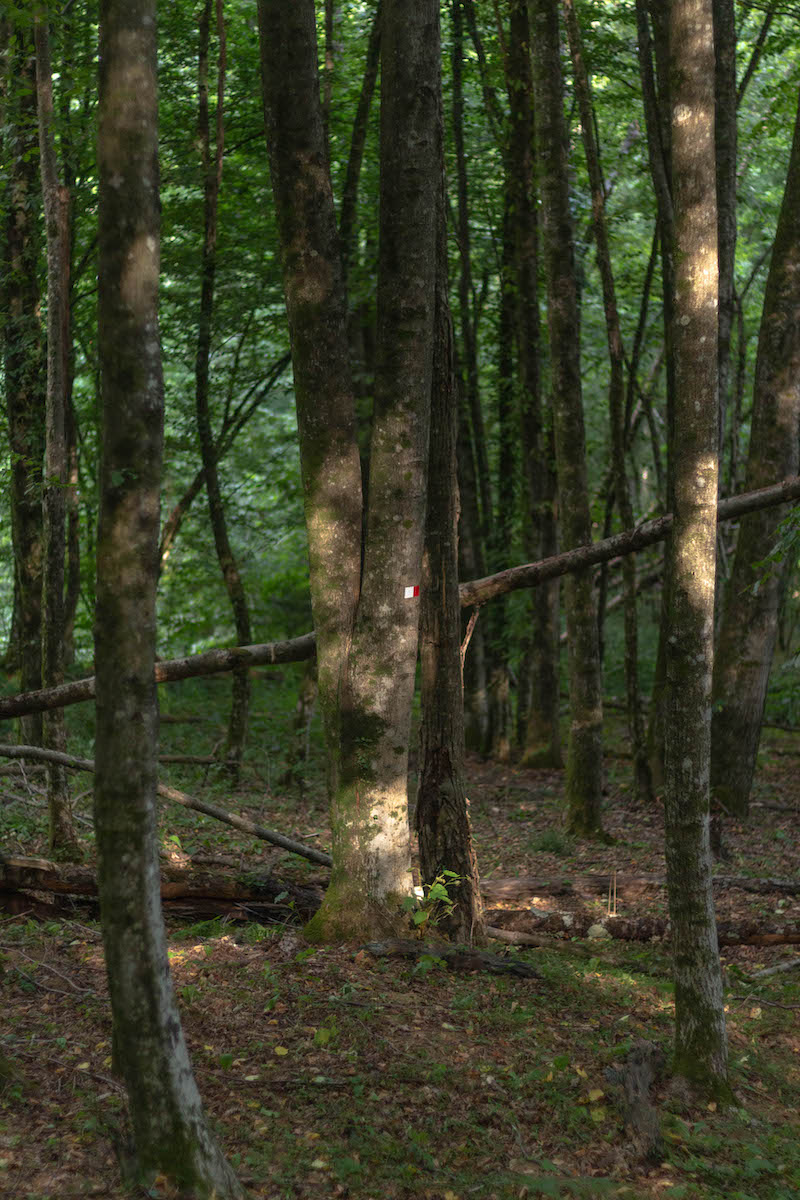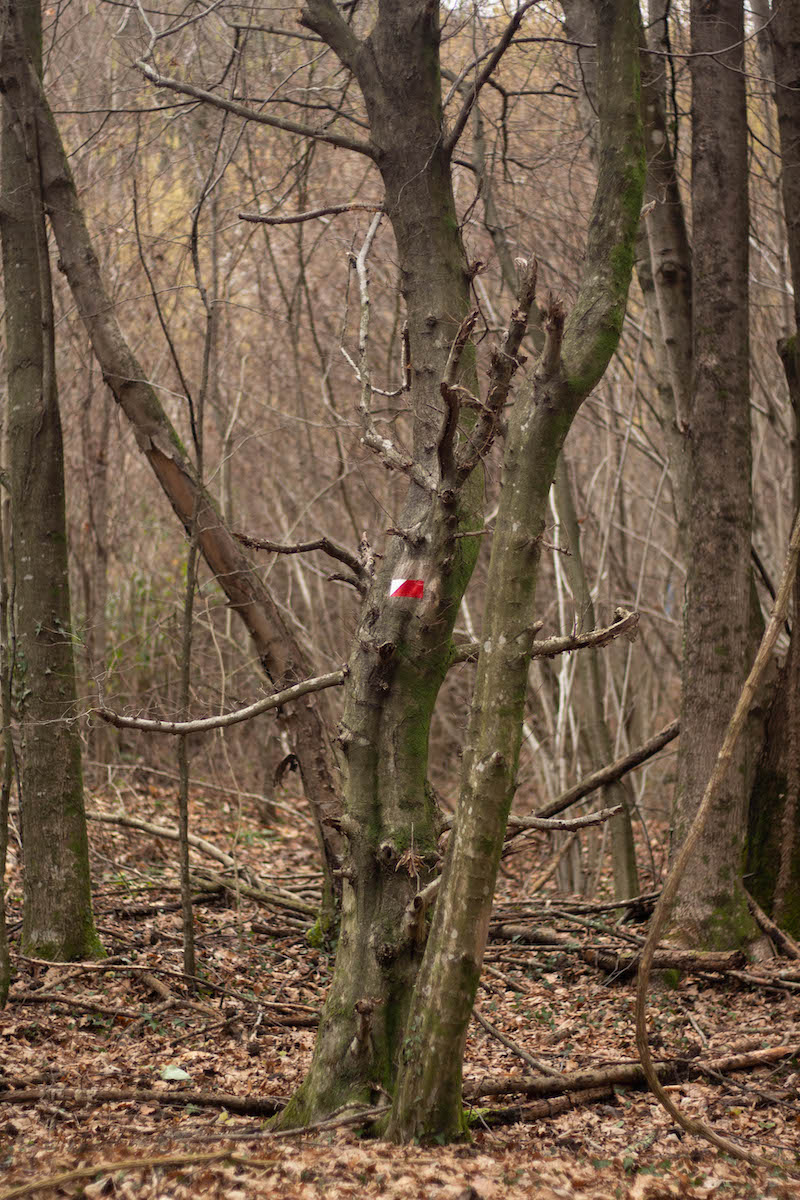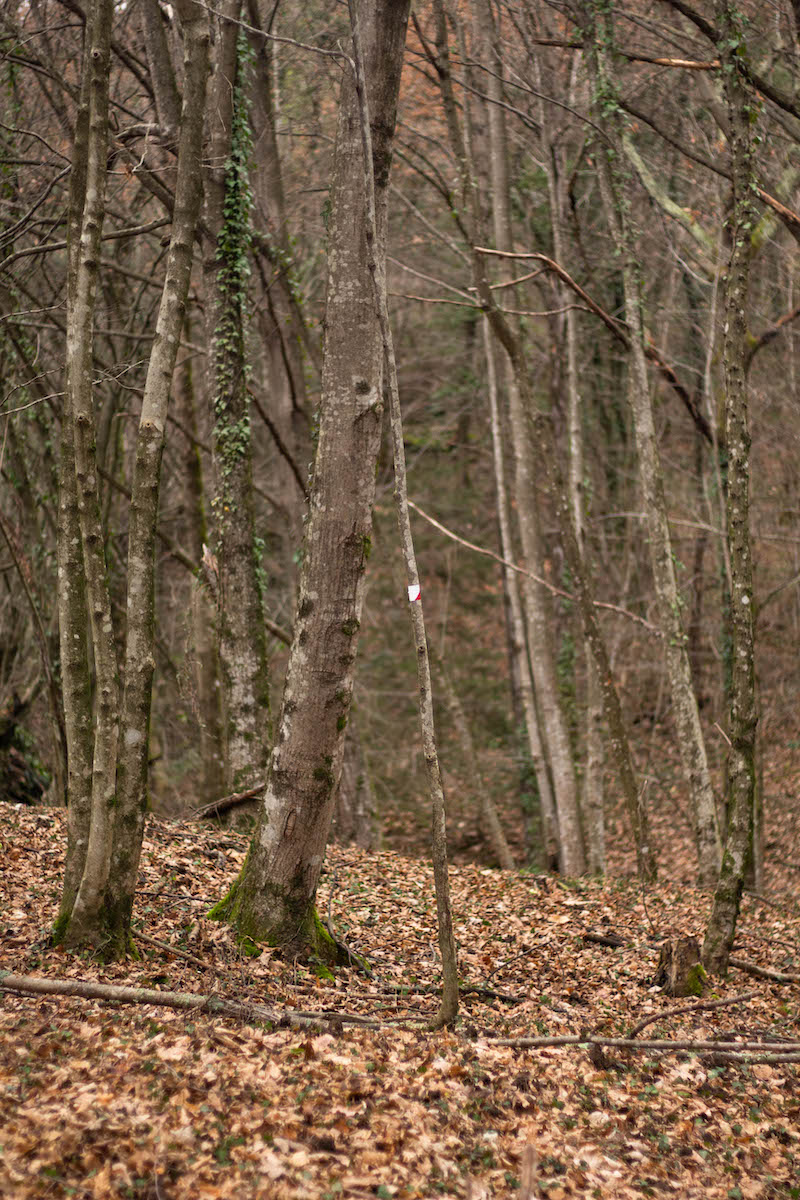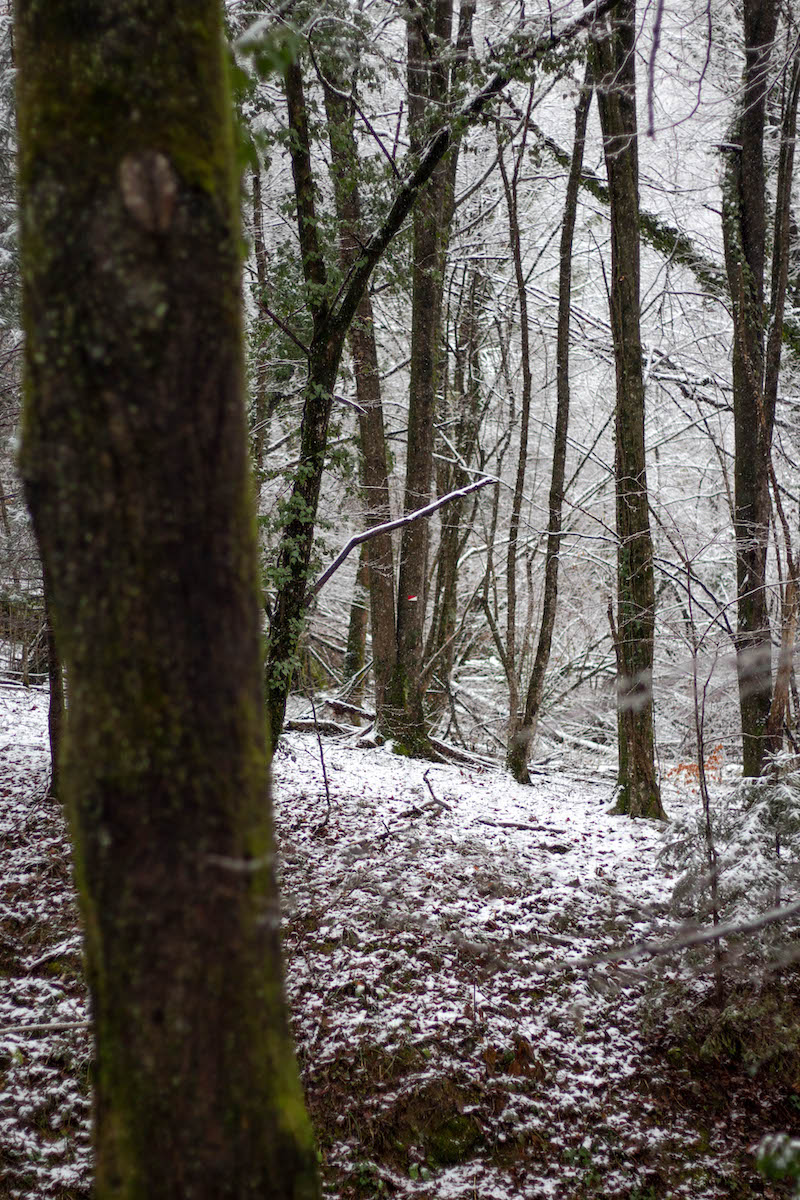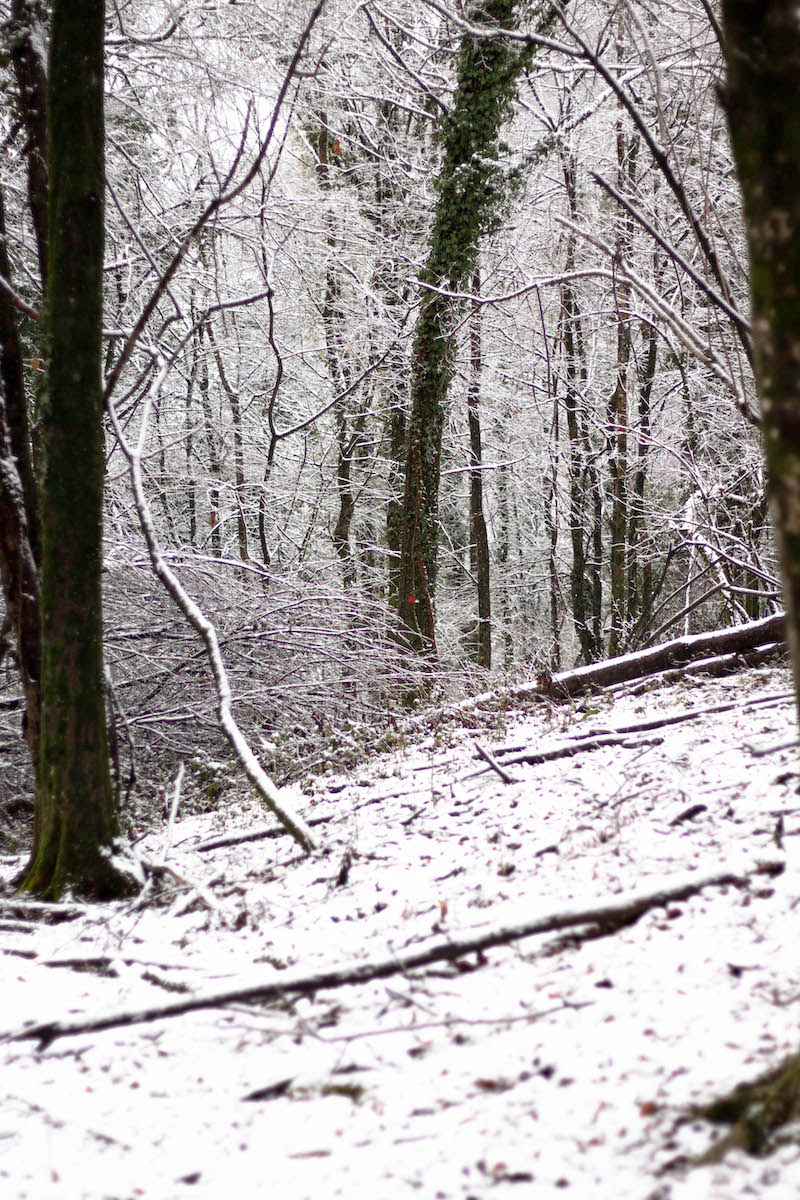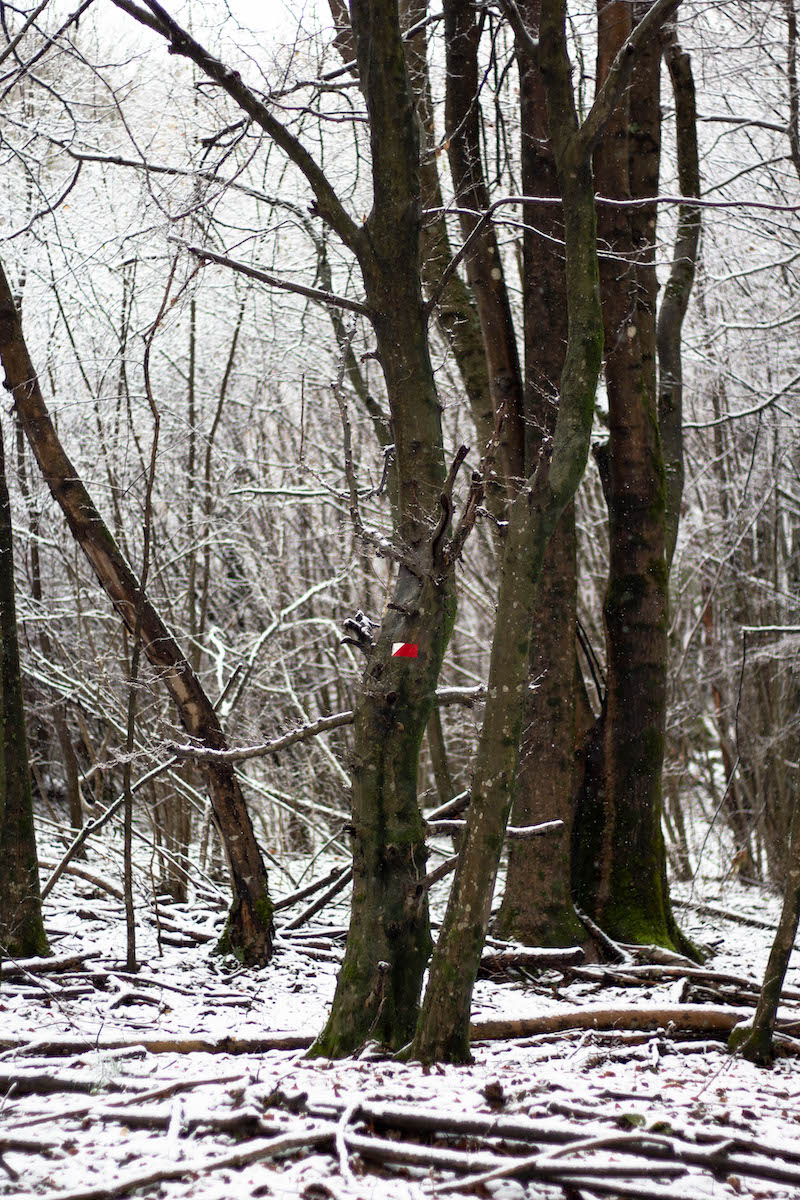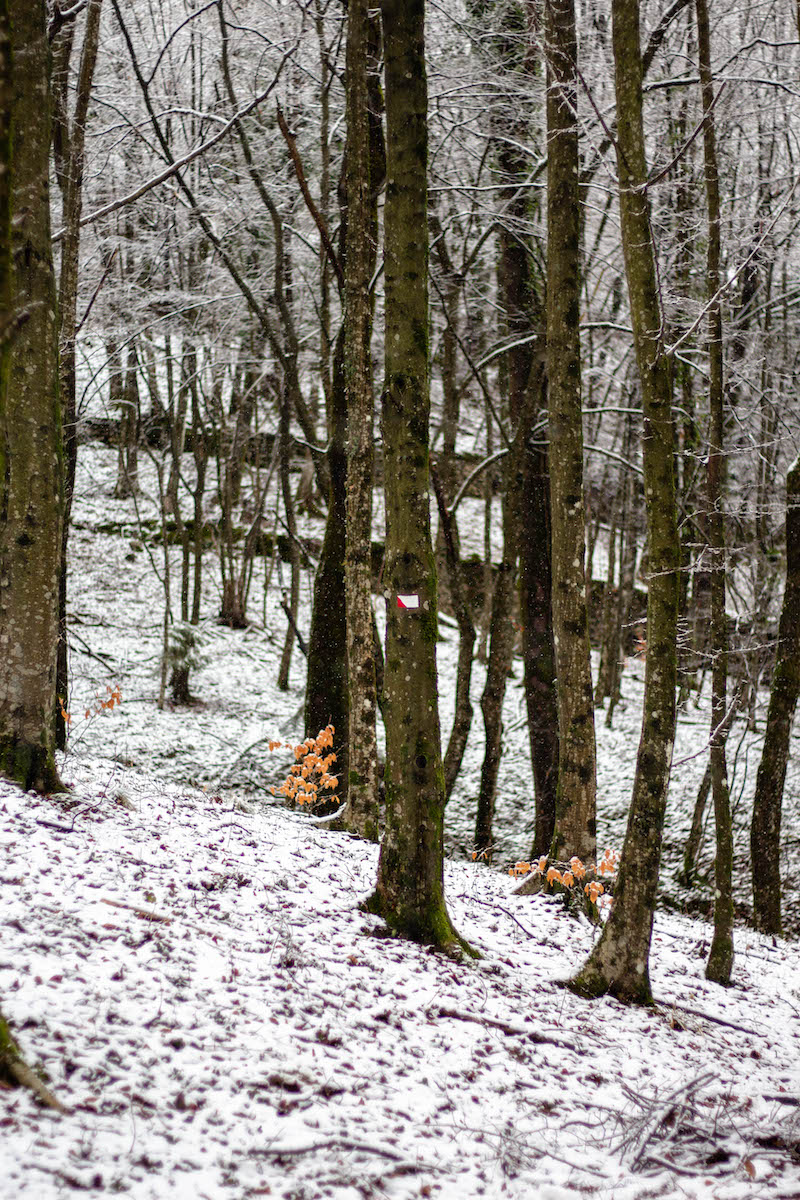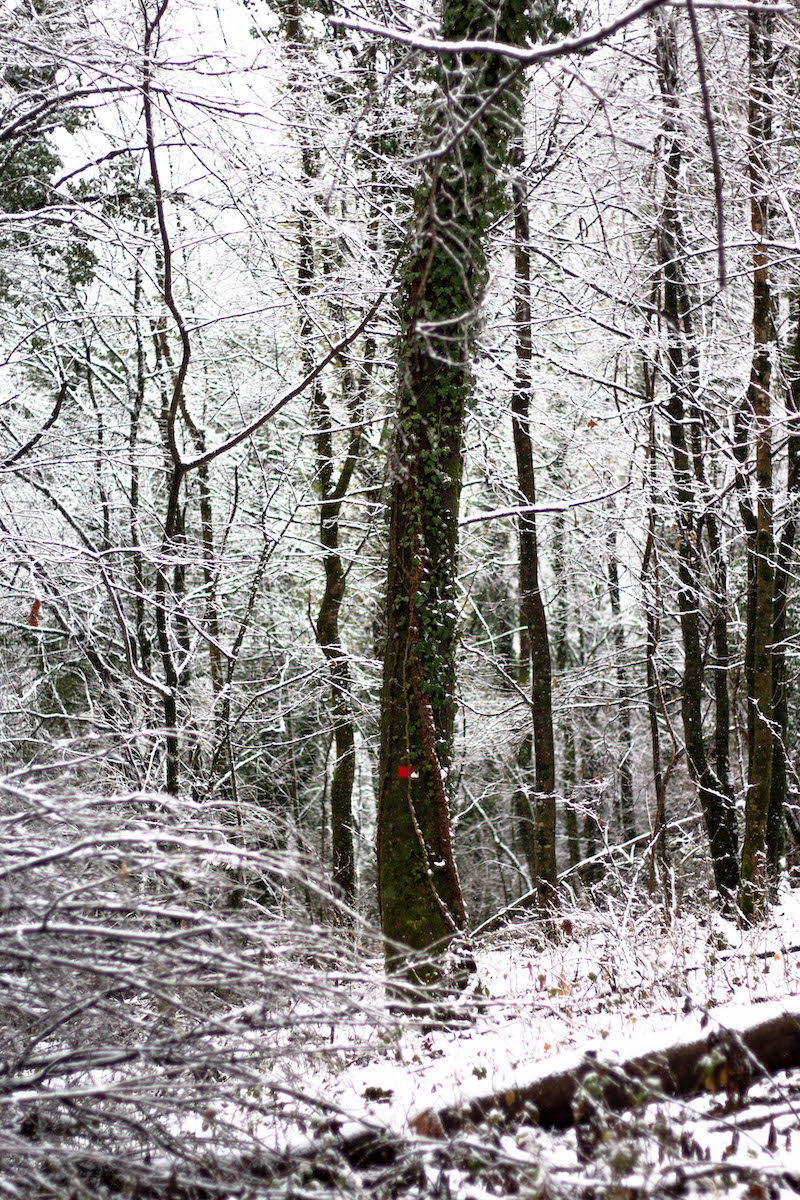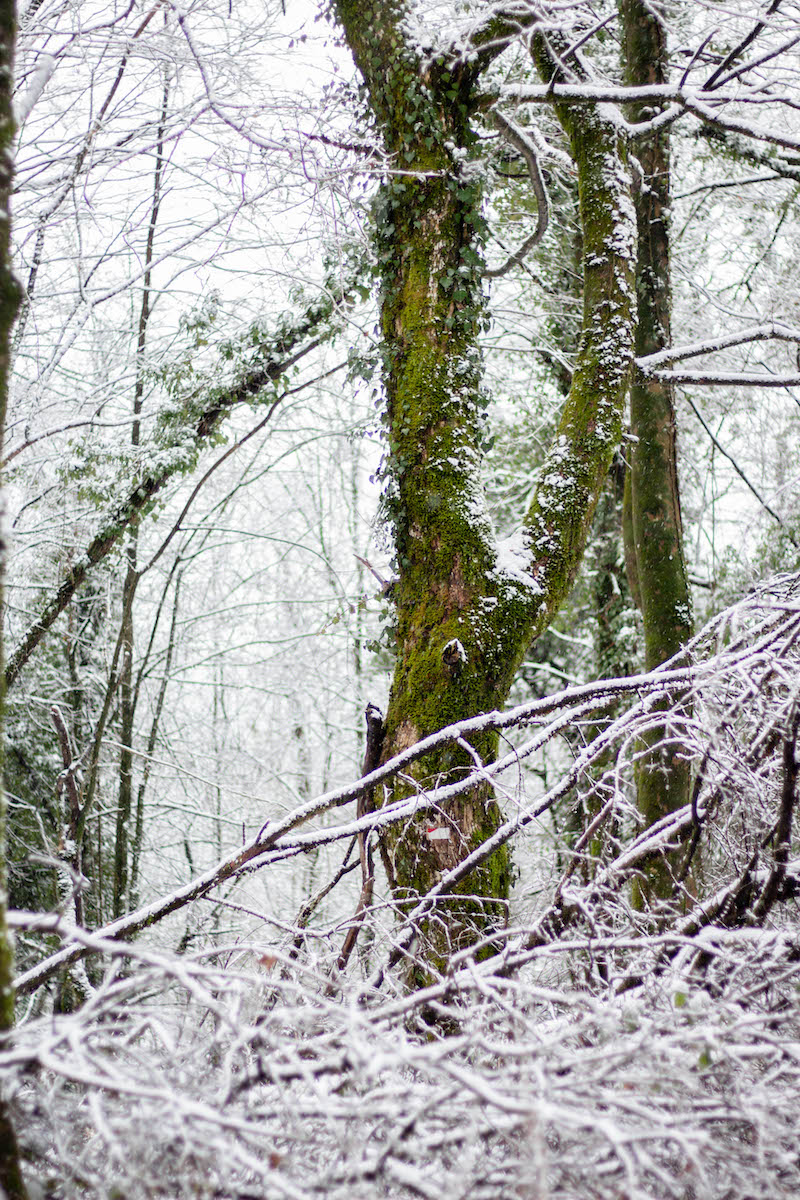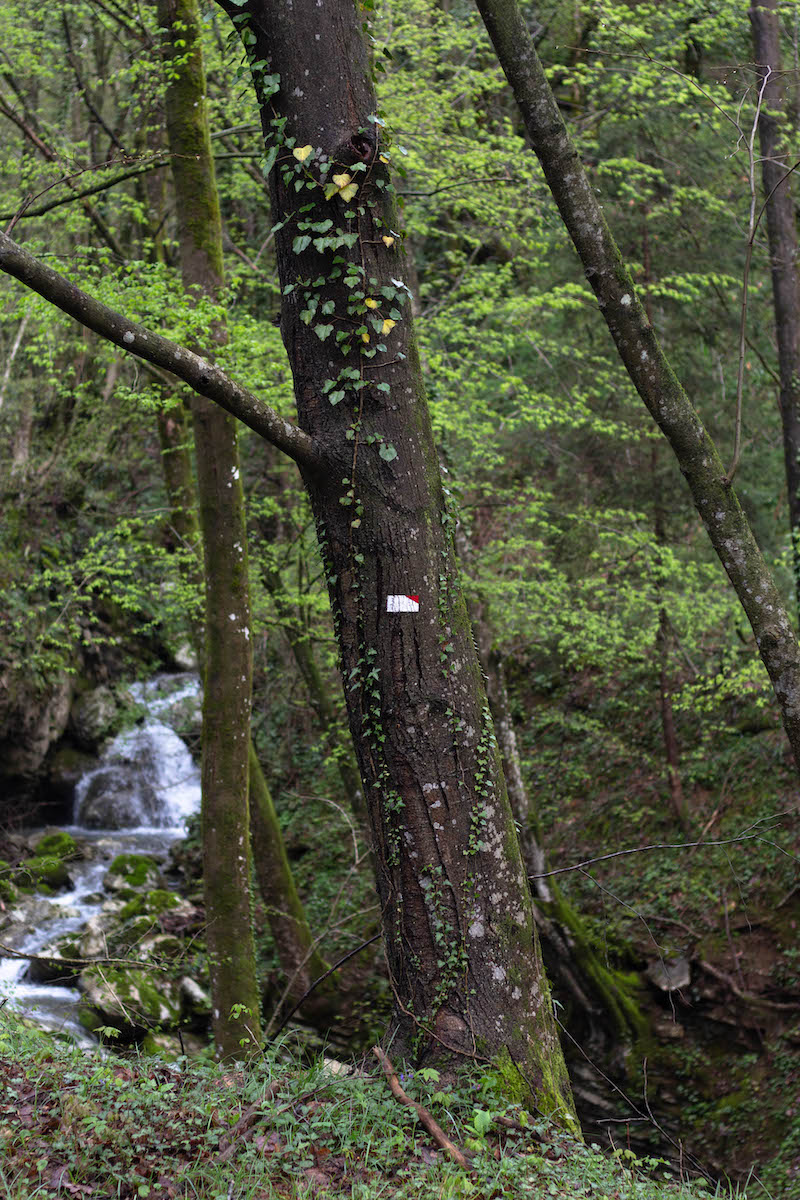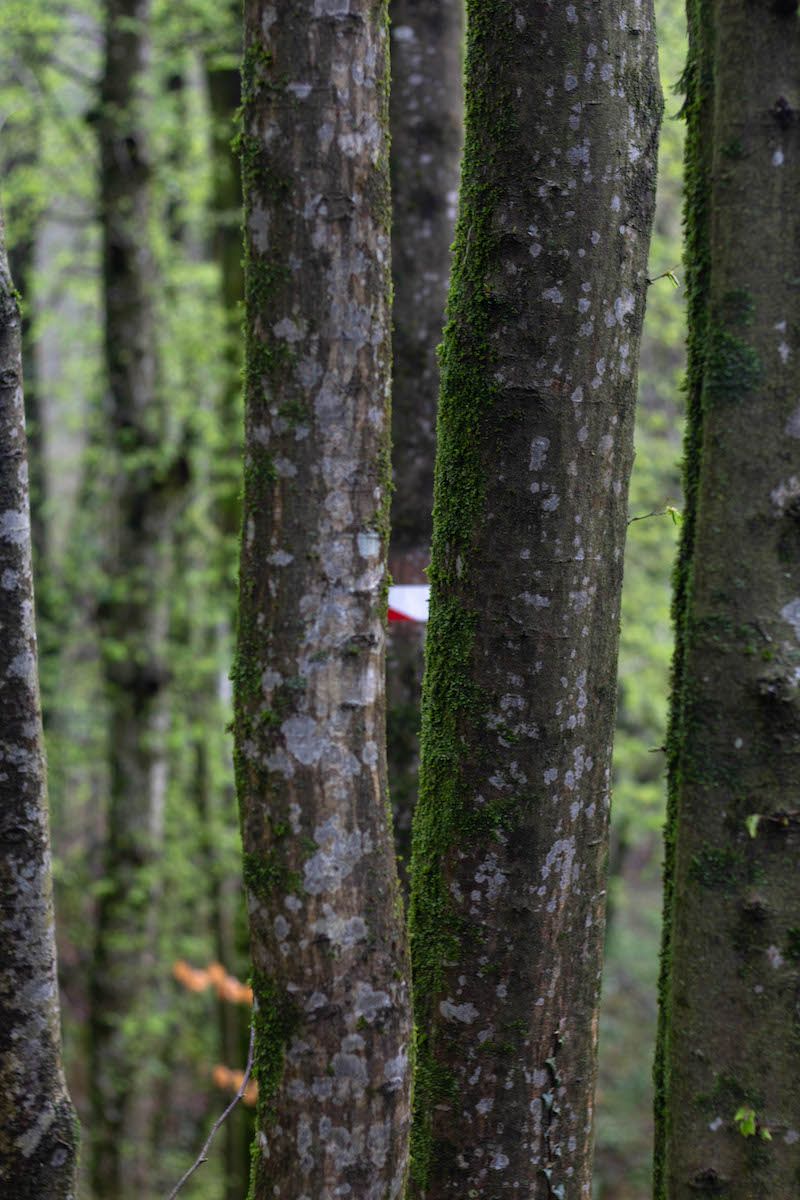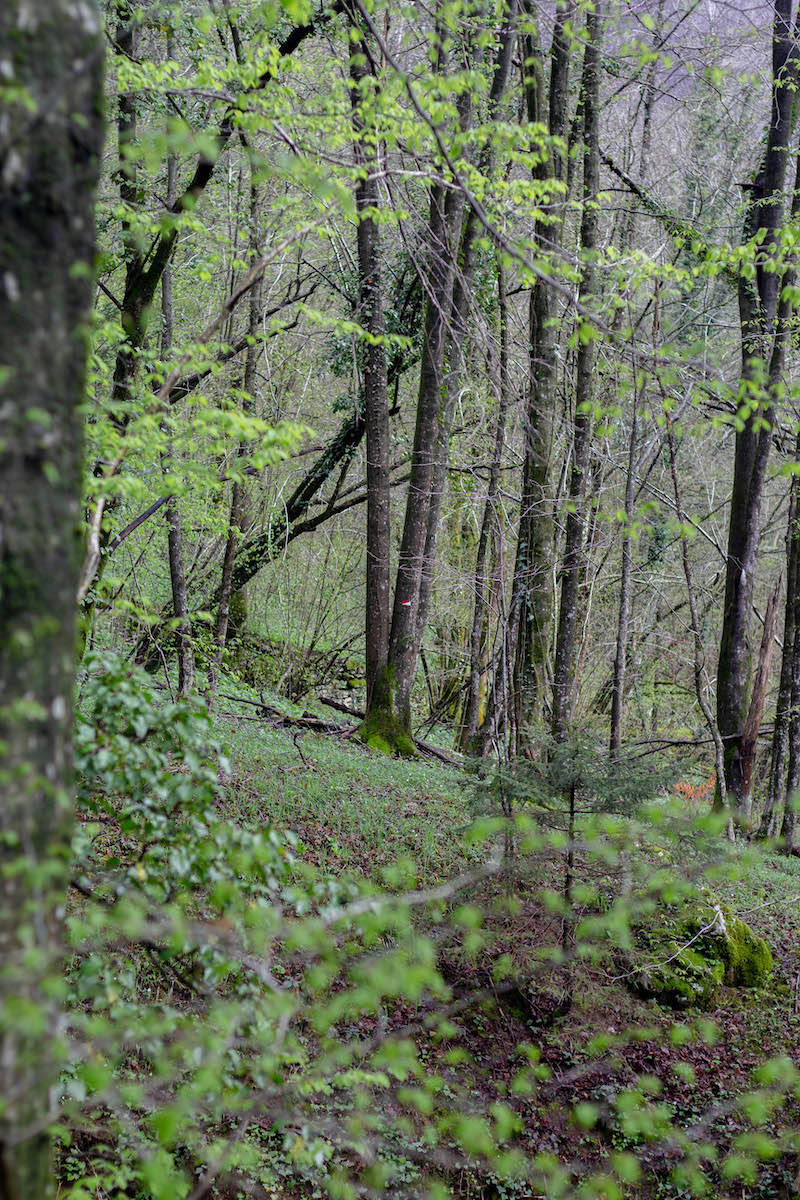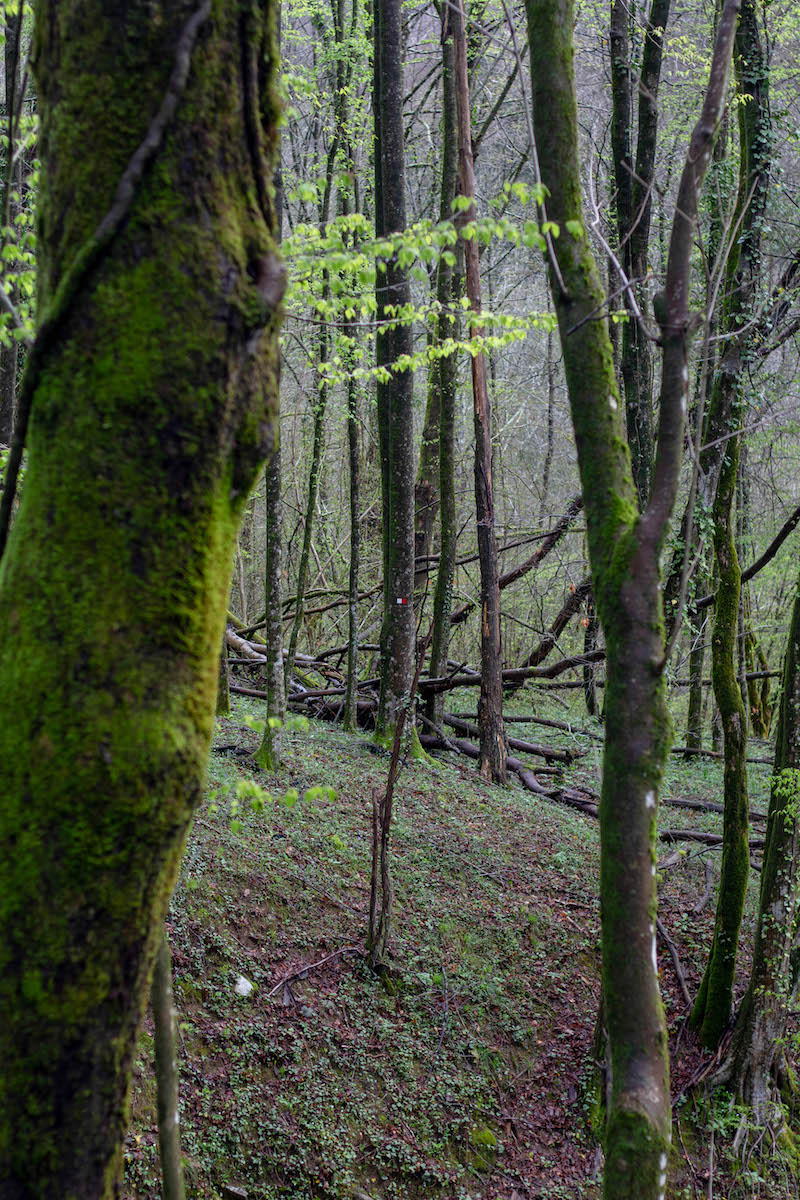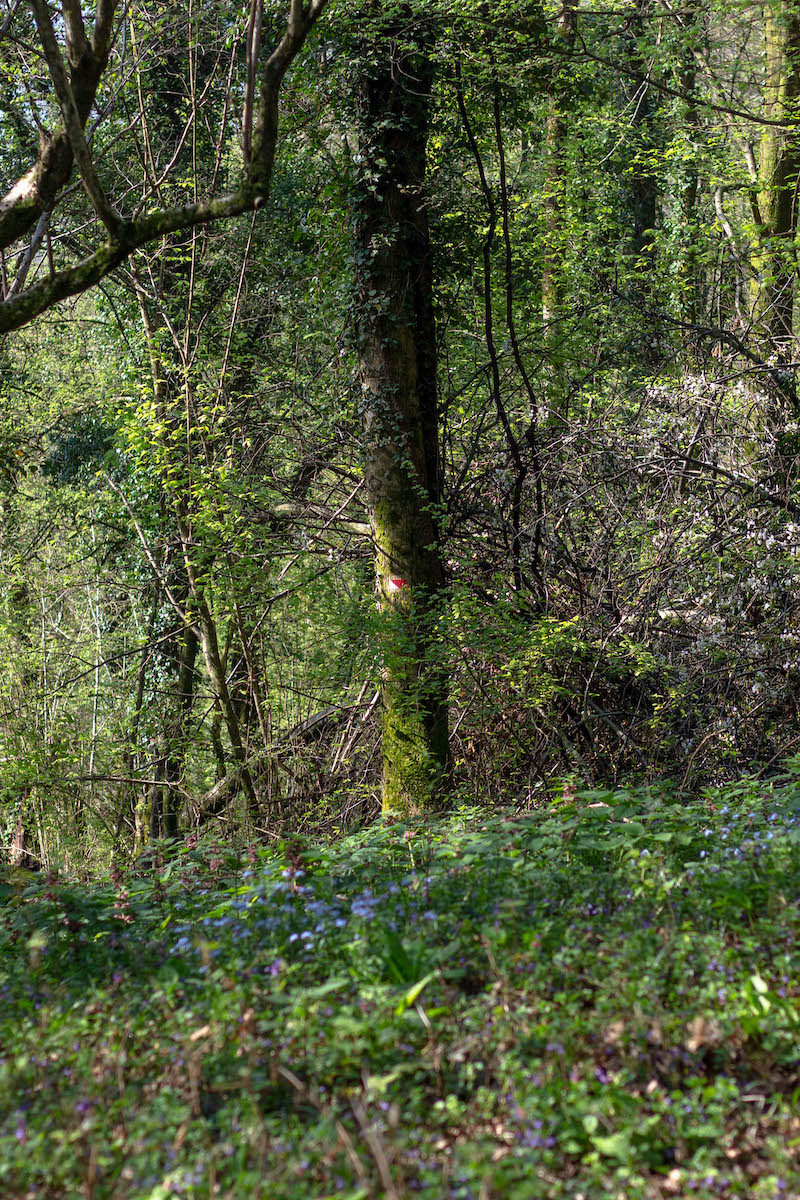The day after I moved to Topolò, the first episode of “When Thinking is Doing: a radio show for handy theory” was broadcast at Radio Robida. This project was originally supposed to focus on craft and its peripheral manifestations, but it quickly became more encompassing in scope as it started to deal with different perspectives regarding aesthetics, philosophy of technology and new materialism(s).
The show’s format oscillates between formal theoretical framings and informal conversations with guests, who have hands-on experience in some specific practice (chefs, woodworkers, programmers, masons, painters, choreographers, etc.)
Season 1 / 2023
Things disclose worlds. Subjacent to any symbolic sphere, the ways we approach our earthly dealings are mediated by hard artifacts. What can we learn through their making? In When Thinking is Doing, we aim not so much to think about craft, but rather by means of it.
Season 2 / 2024
The world is a whole. From a materialist perspective, between dense solids and rarefied plasmas, the discontinuities of tangible matter are always a question of scale and never actual interruptions on the fabric of reality. And yet, not only do we perceive, but we also enforce borders.
A border separates. It stipulates a distinction between elements. It creates opposites out of what is. What are the consequences of this segmenting action for the ways in which we conceptualize the world? Is there something advantageous to approach intellectual impasses by establishing simple antinomies among things? Could it be dangerous to polarize? How and why?
In the second season of When Thinking is Doing, we will indulge in bordering thought. In each episode, Antônio Frederico Lasalvia conceptualizes craft and its neighboring areas by creating clear categories around them - often, only to find out that these limits are porous and trespassers negotiate their confines just as we are not looking. Through the perspectives of different guests engaged with hand and head work, we will try to better understand not only the complexities of making, but of the making of the world.
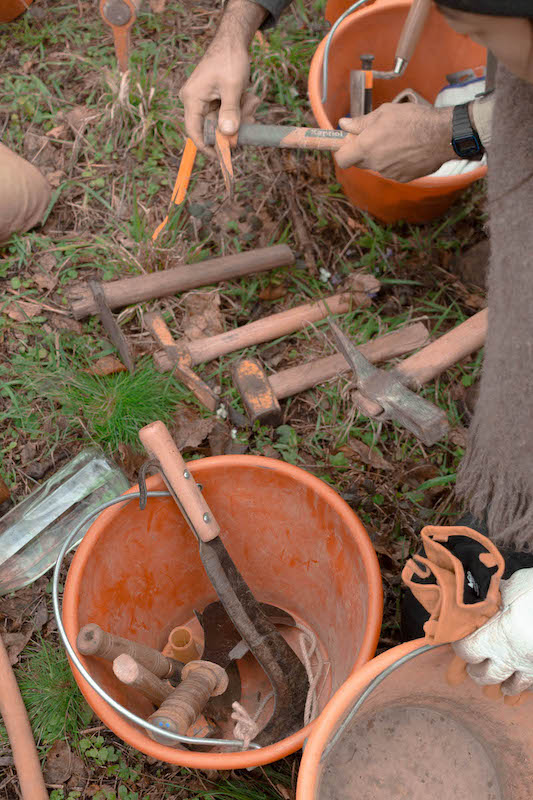
Craft as a category of practice historically emerged from the contrast between artisanal modes of production and modern industry. How can we deterritorialize craft and its congenital opposition to mechanized labour? In the eight episode of When Thinking is Doing, Antônio Frederico Lasalvia is joined by guests Antonio Sotzu and Jean Ni in order to discuss stratified ideas about relations of labour. In our conversation, matters of pleasure, knowledge and meaning in old-fashioned techniques are discussed with regard to their territorial approach to stone artifact making/maintenance. We also discuss their life-project Foghiles, based in Semèstene, Sardinia, where borders between life and art are dissolved.
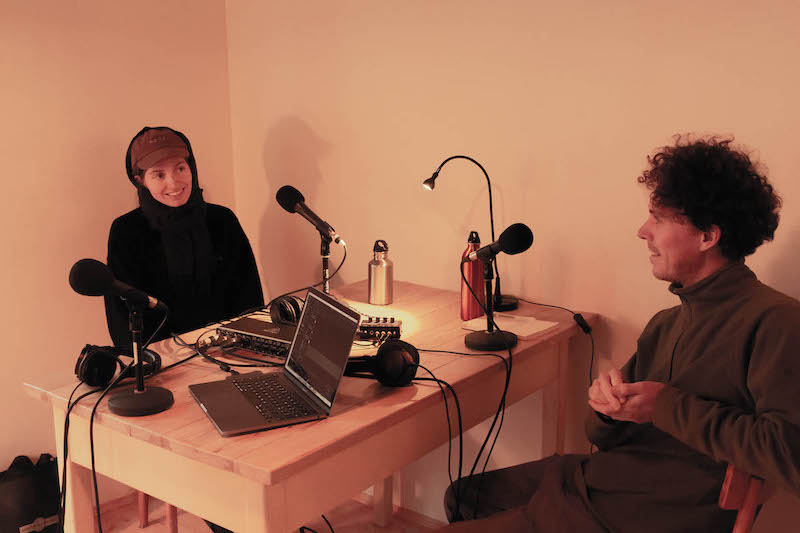
The term craft is usually reserved to qualify a way of making material things. How would this notion stand when transposed to the immaterial realm? In the ninth episode of When Thinking is Doing, Antônio Frederico Lasalvia is joined by Kirsten Spruit and Benjamin Earl in order to think through the border between the digital and the analog. As we look for procedures analogous to craft within digital tools, we consider themes like the poetic web, handmade websites, Ben and Kirsten’s “code of conduct of code”, as well as their growing interest in rituals of maintenance.
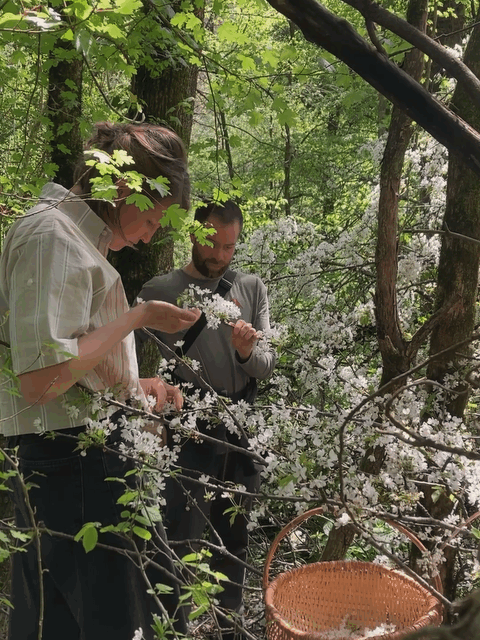
The ways of aesthetically engaging with matter have been deployed with varying importance according to each particular culture. Could it be that the different social standings that different art practices historically reached in the West is related to a phenomenology of sensory experience? In the tenth episode of When Thinking is Doing, Antônio Frederico Lasalvia is joined by Suzanne Bernhardt and Phillip Kolman in order to think about the making of food. While we go outside to forage while-cherry blossoms Phillip and Suzanne speak about how they see their cooking practice with regard to autochthonous food cultures, the role of the ephemerality in taste and the ecological consequences of alimentary production.
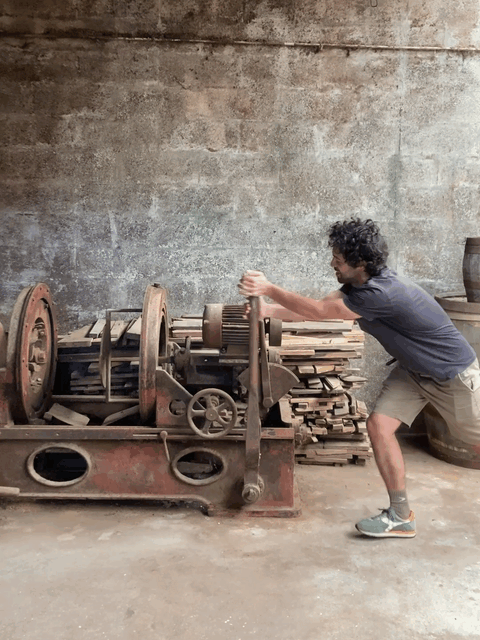
Between matter’s character and maker’s character, what might craft mean when one attends to the way in which raw materials express their forms? In the eleventh episode of When Thinking is Doing, Antônio Frederico Lasalvia is joined by the architect and cabinetmaker Diogo Amaro in order to think about the border between form and matter. The conversation touches on themes like anticipation and spontaneity in work, the role of prototyping, the contrast between serial and singular production and the consequences of an empirical approach to design.
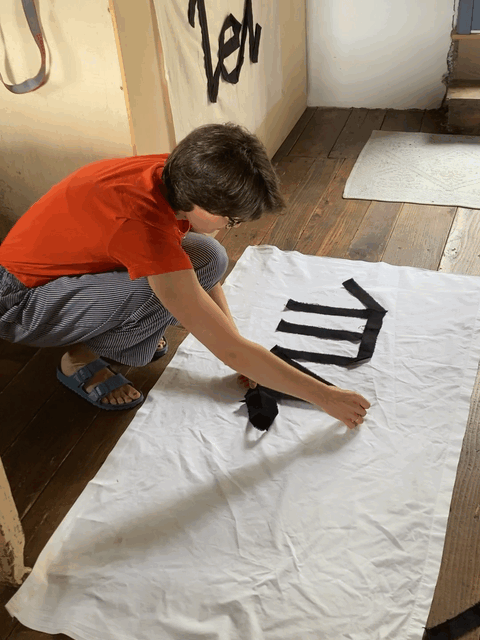
Art matters. Or, at least, art is made out of matter. Or is it? In the twelfth episode of When Thinking is Doing, Antônio Frederico Lasalvia is joined by Ola Korbańska in order to think about the border between material and immaterial. As we follow the sewing of an iteration of “THE FLAG OF 3,” our conversation touches on themes like: the materiality of words and the longest way of writing things, the incorporation of gender struggles into artistic discourse; the adoption of constraints as a creative methodology; the phased development of technique over time; the joy of making things; and the purposeful contamination of artworks by their contextual conditions of production.

When Jan van der Pleog was in Topolò last August, I followed him through the restoration of two wall paintings he made a few years ago. As one of the murals metamorphosed into the third version of itself, while the other kept its former colors and composition, it left me wondering about the who and the how of art. // In the thirteenth episode of When Thinking is Doing, Antônio Frederico Lasalvia speaks to Jan van der Pleog about his work as a painter. The conversation touches on themes like Jan’s relation to the village of Topolò through the years thanks to Stazione Topolò / Postaja Topolove, his early experiences in the shift of mediums from oil painting to mural painting and his phased approach towards his practice, based on the isolated stages of composition and execution.
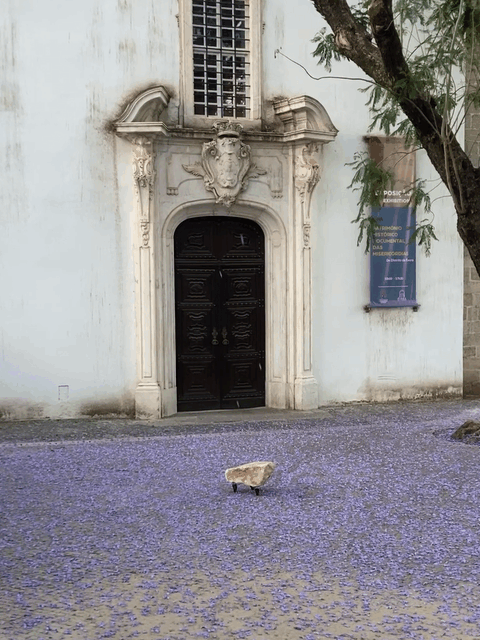
The immobility of stone makes it a suitable medium for enforcing sculpture’s traditional role as a spatial disciplinary dispositive, as, in the words of Rosalind Krauss, “it sits in a particular place and speaks in a symbolical tongue about the meaning or use of that place.” But what if the materiality of marble was used otherwise, as an artifice to question sedimented conventions about public space? // In the fourteenth episode of When Thinking is Doing, Antônio Frederico Lasalvia is joined by Hugo Reis in order to think about the act of demarcating borders. As we follow his artistic/research practice by transporting boulders around the city of Évora, we discuss the relation between art and urbanism and reflect about sculpture in the expanded field.
Season 3 / 2025 (ongoing)
In the fifteenth episode of When Thinking is Doing, Antônio Frederico Lasalvia is joined by Francesca Lucchitta and Elena Braida from Cincin and Alice Alloggio from T-typo Repository in order to speak about their collaboration for the Towel Calendar 2025. Franca, Elena and Alice were in Topolò last November in order to make some silkscreen prints and I took the chance to speak to them about their serigraphy work. Our conversation touches on themes like the reignification of used garments, the unattainable history behind materials and the purposeful manipulation of ready-made messages.
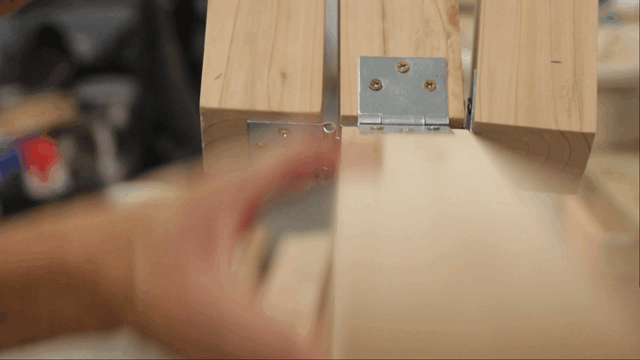
How do objects choreograph the gestures around them? In the sixteenth episode of When Thinking is Doing, Antônio Frederico Lasalvia is joined by Gustavo Ciríaco, together with Filipa Frois Almeida and Hugo Reis from FAHR 021.3, in order to reflect on plan and play. This conversation was carried out after the development of the artistic residency “Cérebro/Brains,” which resulted in an intervention that draws from the spatial poetics of Portuguese sculptor Miguel Palma. As we discuss the methodology adopted by Círiaco in the series “Covered by Sky,” we reflect on how art may incorporate different forms of alterity by way of relationality: either through the dialogue with other authors’ discourse, through public engagement or through the activation of the landscape.

What is the relation between spontaneity and permanence? In the seventeenth episode of When Thinking is Doing, Antônio Frederico Lasalvia is joined by Luigi Pullini in order to speak about working with clay. Our conversation was held after Luigi mas in Topolò in the winter of 2024 for the Sensing Soils residency. As we discuss the work he developed around foraged local clay, we think through notions like purity and impurity, the value of labour and materials, and the empirical transmission of knowledge across space and time.
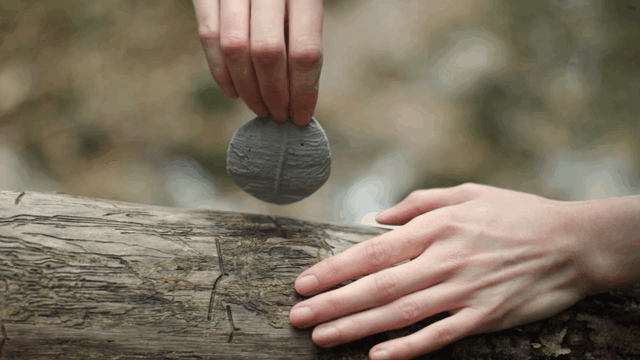
How does graphic design relate to the sense of time passing and time arrested? Between absence and presence, permanence and decay, how can art help us remain alert to what is already there? In the 18th episode of When Thinking is Doing, recorded during the Sensing Soils residency in Topolò, Antonio Frederico Lasalvia is joined by Heike Reneé de Wit in order to speak about the border between – between forest and village, solitude and collectivity, visibility and invisibility. Through different ways of approaching the landscape, Heike explores gestures that generate spatial experiences that are ephemeral, playful, and deeply embodied. What emerges is a form of silent language, coded through anatomy, scale, and ground, that reflects on the afterlife of materials and the (super)natural composition of forms.

How does one’s engagement to material processes shape the way the world is perceived? Can gestures repeated across time and space carry meaning beyond their original function? And what is the role of design and designer when one chooses to follow the intelligence of materials? In the nineteenth episode of When Thinking is Doing, Antonio Frederico Lasalvia is joined by Miao Li in order to think about ways of attending to matter. As we accompany Miao’s workshop practice, our conversation touches on experiences with fiber art and ceramics that employ both traditional and experimental techniques. Guided by animist philosophies and Buddhist meditation, Miao’s understanding of beauty offers a quiet, but radical reimagining of contemporary aesthetics, rooted in attention and intuition for the slow unfolding of form.

How can an artwork remain open to its environment while still offering a critical stance toward contemporary paradoxes? And what kind of artistic roles emerge from the tension between natural spontaneity and artificial order – especially after the experiences of romanticism, conceptualism, land art, and the ecological turn in artistic discourse? In the 20th episode of When Thinking is Doing, Antônio Frederico Lasalvia is joined by Milah van Zuilen in order to discuss her practice between forest ecology and art. Our conversation touches on the materiality of contemporary and primordial forms, the intersection between the methodologies of art and science, the use of the grid to make sense of nature, the role of artistic residencies in promoting social relations and her experience as a host in Jaro, in the Czech Republic.

What is the difference between knowing something in theory and knowing it with your own body? And why does our culture still tend to value one more than the other? In this episode, we follow a story that brings to light the kinds of understanding that cannot be easily abstracted or codified: ways of knowing that are directly derived from practice. What if these forms of knowledge are precisely what we need in order to navigate the intertwined crises of food, health and ecology today? For the 21st episode of When Thinking is Doing, Antônio Frederico Lasalvia visits Bakkerij Mater, a sourdough bakery in Amsterdam run by the van Aalst family: Sascha, Philip, Nick, and Willem. What began as an improvised experiment with homemade bread slowly became a space for communal gathering, embodied politics and ecological transition. As we talk about natural fermentation, networks of production, croissants and the daily rhythms of dough, we also uncover personal stories of departure and arrival. With different backgrounds ranging from corporate finance to yoga teaching and academic philosophy, they now work together in a place where knowing how is not less than knowing that.
In 2024, When Thinking is Doing became part of The Other Radio/Radio Drugega, which is financed by Javni zavod GO! 2025 - Evropska prestolnica kulture, Nova Gorica and is part of the official program of the European Capital of culture.
More about [The Other Radio] at Robida
More about [The Other Radio] at GO25
Moving Image Archive: More about [When Thinking is Doing]
